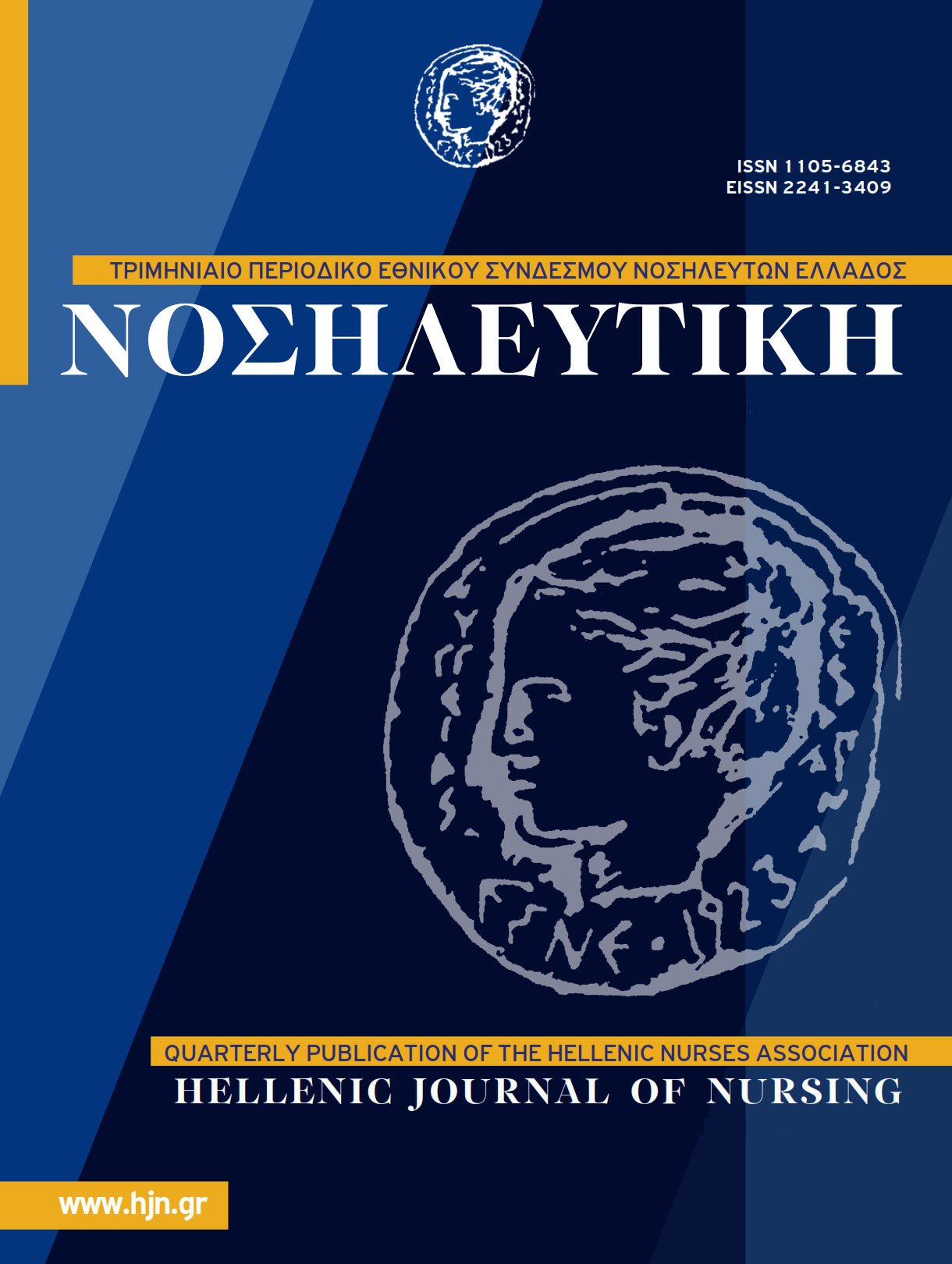Ventilator-associated events cost and its influencing factors in ICU patients
Abstract
Introduction: Despite the fact that Ventilator-Associated Events (VAE) are associated with increased morbidity, increased mortality, prolonged length of stay and duration of mechanical ventilation in ICU, their economic impact
remain unclear, since the additional cost of VAE has not been fully studied.
Aim: Estimating the direct additional cost of VAEs and its influencing factors in ICU patients.
Material and Method: A prospective surveillance study was performed in four ICUs of Attica from 01/01/2018 to
31/12/2019. Direct ICU hospitalization cost was the sum of fixed and variable cost based on a microcosting technique.
The median direct additional cost of VAE was the difference between the median direct cost of patients with VAEs
and that of patients without VAEs. The total direct additional cost of VAEs over the two-year period was calculated
by multiplying the number of patients with VAEs by the median direct additional cost per VAE. A multivariate linear
regression model was used to investigate the factors influencing the direct cost of VAEs.
Results: A total of 500 patients were hospitalized for ≥4 days on mechanical ventilation for 12,689 patient-days. The
mean incidence of VAEs was 20.5 episodes/1,000 ventilator days. In patients with VAE the median length of stay was
29 days and the median duration of mechanical ventilation was 23 days, while mortality was 46.9%. The median direct additional cost per VAE episode was €7,871.6. By direct cost category, the median additional fixed cost per VAE
episode was €1,983.6 (p<0,001), while the median additional variable cost per VAE episode was €5,808.9 (p<0,001).
Regarding the additional variable cost subcategories, the median additional antibiotic cost per VAE episode was
€3,222.7 (p<0,001). The total direct additional cost over the two-year period was €1,629,421.2 for the total of 207 VAE
episodes. APACHE II score at admission (Exp B=1.021, p=0,016), tracheostomy (Exp B = 1.256, p = 0.012), ICU length
of stay (Exp B=1.022, p<0,001) and patient to nurse ratio (Exp B = 1,665, p < 0,001) were VAE direct cost independent
risk factors.
Conclusion: Our study confirms the economic impact of VAEs in ICU and provides healthcare professionals with valuable
information, emphasizing the need to implement VAE prevention programs, both to reduce hospitalization cost and
to reduce incidence of VAE and ICU length of stay.



